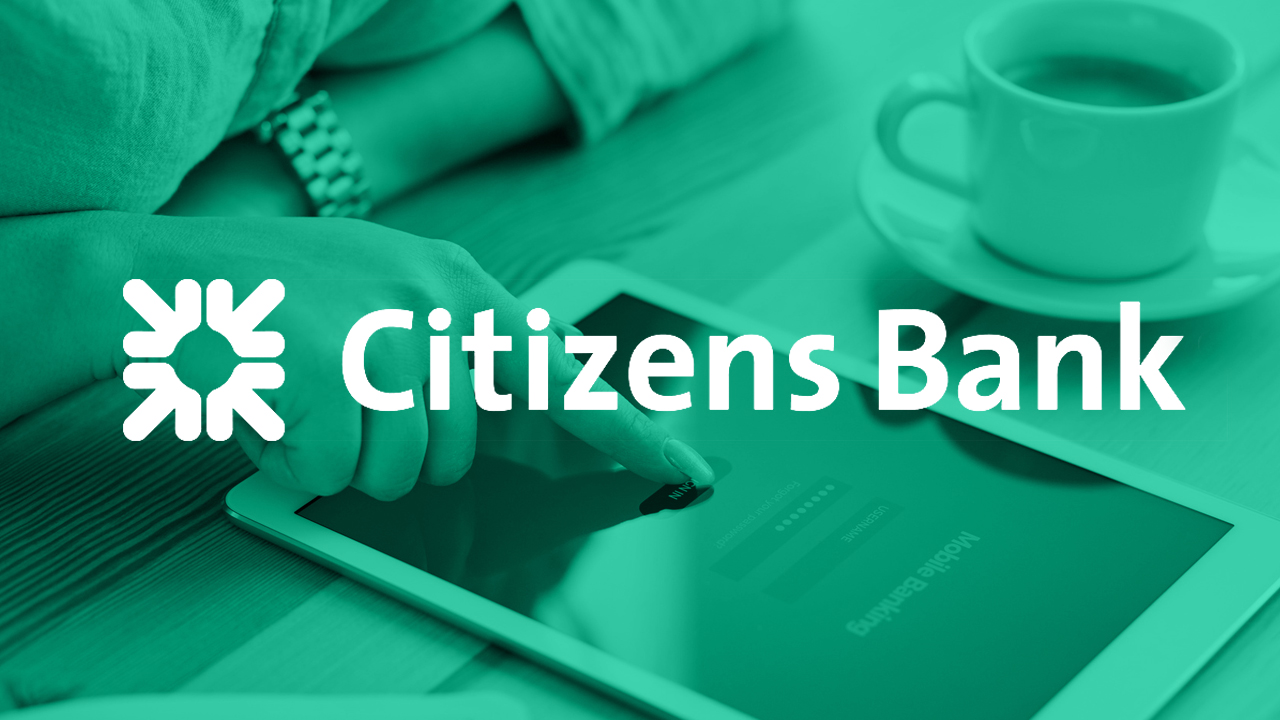Uncategorized
Citizens Bank: 4 steps to seriously compete in digital banking
- Lamont Young is the bank's head of digital.
- The bank believes getting the firm's culture right maintains competitiveness.








